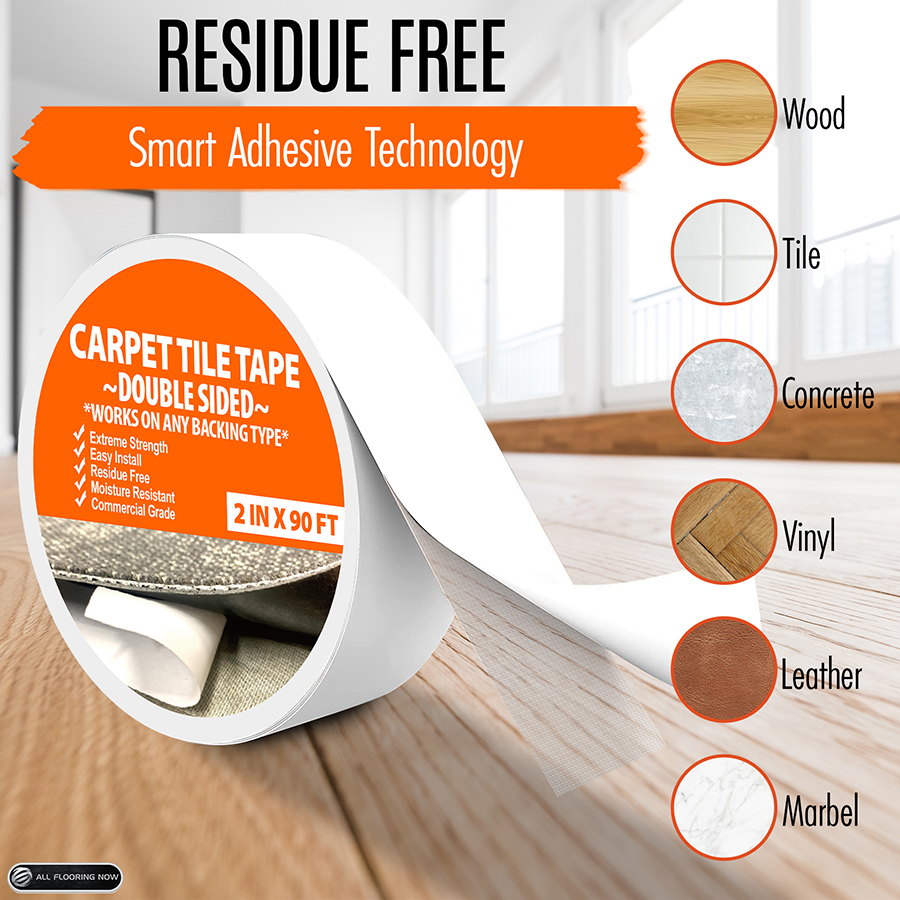Art presentation is a delicate balance between showcasing creativity and ensuring its longevity. Mounting artwork onto canvas or frames requires precision and care to uphold the integrity of the piece. Among the various methods available, double-sided tape stands as a versatile and reliable option, offering both ease of application and a secure hold. Let’s delve into the art of using double-sided tape for mounting artwork, exploring its benefits, techniques, and considerations for an impeccable display.
The Versatility of Double-Sided Tape
Double-sided tape is a multifaceted adhesive that comes in various widths, strengths, and compositions. Its versatility makes it an attractive choice for mounting artwork due to several key benefits:
1. Simplicity and Convenience:
- Ease of Application: Double-sided tape simplifies the mounting process, requiring no additional tools or extensive preparation. It eliminates the need for messy adhesives or specialized equipment, ensuring a hassle-free application.
- Time Efficiency: With its straightforward application, double-sided tape significantly reduces the time needed for mounting artwork, making it an efficient choice for artists and exhibitors.
2. Preservation of Artwork:
- Non-Invasive Mounting: High-quality double-sided tapes are designed to be non-invasive, minimizing damage to the artwork or substrate. They offer a secure hold without causing harm, making them suitable for various mediums, including delicate papers and fabrics.
- Protection from Movement: A properly applied double-sided tape secures the artwork firmly, preventing movement or slippage that could lead to creasing or damage.
3. Adaptability:
- Versatile for Various Surfaces: Whether mounting artwork on canvas, frames, or other surfaces, double-sided tape proves adaptable. It adheres to a wide range of materials, ensuring a seamless display regardless of the substrate.
Techniques for Using Double-Sided Tape
Achieving a flawless mounting process with double-sided tape requires attention to detail and adherence to specific techniques:
1. Selecting the Right Tape:
- Consider Artwork Weight: Choose a tape with an appropriate weight-bearing capacity, ensuring it can support the artwork without fail.
- Archival Quality: For preserving valuable or sensitive pieces, opt for archival-grade double-sided tape to prevent any long-term damage or discoloration.
2. Preparation:
- Clean Surfaces: Ensure that both the artwork and the surface it will adhere to are clean and free from dust, oils, or debris. This ensures optimal adhesion.
- Measure and Plan: Determine the precise placement of the artwork before applying the tape. Using measurements and guidelines prevents misalignment.
3. Application:
- Cutting and Placement: Cut the tape to size, applying it strategically along the edges or at key points on the artwork’s back. Avoid excessive tape that could protrude beyond the edges.
- Pressing and Securing: Once applied, firmly press the artwork against the surface to ensure a strong bond. Use a smooth tool, like a roller, to eliminate air bubbles and secure the adhesion.
4. Finishing Touches:
- Trimming Excess Tape: Carefully trim any excess tape that might be visible around the edges, ensuring a clean and polished appearance.
- Inspecting the Mount: Finally, inspect the mounted artwork to confirm its secure attachment and adjust if necessary.
Considerations and Precautions
While double-sided tape offers numerous advantages, certain considerations and precautions should be taken into account:
1. Artwork Materials:
- Suitability: Verify that the tape is compatible with the artwork’s materials to prevent any adverse reactions or damage.
- Long-Term Effects: Consider the longevity of the adhesive and its impact on the artwork. Archival tapes are preferable for valuable or archival pieces.
2. Environmental Factors:
- Temperature and Humidity: Extremes in temperature and humidity can affect the adhesive properties of the tape. Ensure the display area maintains a stable environment to preserve the integrity of the mounting.
3. Removability:
- Reversible Mounting: For exhibitions or displays requiring temporary mounting, opt for double-sided tapes that offer easy removal without leaving residue or causing damage.
Conclusion
Mastering the use of double-sided tape for mounting artwork on canvas and frames offers a seamless and efficient method for artists, galleries, and exhibitors. Its simplicity, adaptability, and preservation qualities make it a go-to choice for securely presenting diverse artworks while maintaining their integrity. By following proper techniques and considering essential factors, artists can confidently showcase their creations, knowing they are mounted securely and elegantly for audiences to admire.
In the world of art, the presentation is as crucial as the artwork itself. Double-sided tape stands as a reliable ally, providing a foundation for a stunning and enduring display that captivates viewers while safeguarding the artistic essence for generations to come.




Leave a Reply